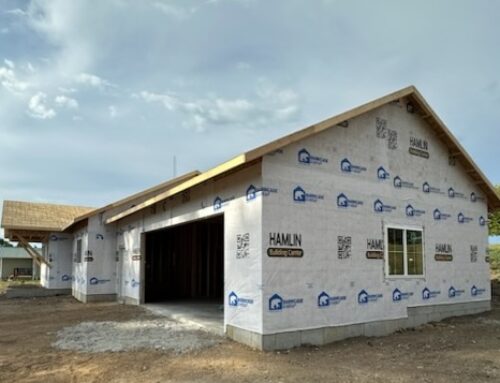More than four years after COVID-19 first hit the U.S., the LBM industry is still feeling the effects. We see this across the board, including in lumberyards. This article will show you how to find your footing when it comes to finding employees. In May, LBM Journal published a comprehensive survey that found that over 72% of lumberyards consider recruiting, hiring, and retaining talent a major concern.
Drivers, yard workers, and outside sales reps are especially difficult positions to fill. Overall unemployment levels have remained similar to last year’s, and it appears the labor market will continue to remain tight moving forward.
The US workforce is seeing baby boomers retire in droves, including LBM companies. While no one can replace the high level of experience these boomers are taking with them, successful recruiting and hiring processes, along with a plan for knowledge transfer, can be put in place.
A strategy worth employing to find your footing when it comes to finding employees is to present a company culture that attracts enthusiastic young people looking for a place to grow, beginning with Gen Z.

What is Gen Z Looking for in a Job?
You may worry that young people would be turned off by the thought of working in a lumberyard, but a recent survey suggests otherwise. According to Fast Company, Gen Z holds skilled trades in high esteem.
Of course, that same survey suggests what you probably already know—that young people are not actually encouraged to go into those trades. In fact, 82% of respondents said they’re being told that college is their only path to success, and only two-thirds said their high school offered a shop class.
Meet Young Talent Where They Are
Advertise open roles on popular social media apps and make your hiring process mobile-friendly so job candidates can easily apply on their phones. Increase your investment in technology used for daily operations because the younger talent you’re looking for is well-conditioned to use technology for just about everything.
For example, they may not know the first thing about warehouse management software. Still, because of their strong affinity for technology, they’re very likely to find it interesting, pick it up quickly, and feel very comfortable doing so.

LinkedIn states that Gen Z is their fastest-growing global audience demographic. It’s also Gen Z’s preferred platform for connecting, learning, and research. Nearly half (48%) of Gen Z-ers with work experience have applied to job opportunities they found on social media, according to a Harris Poll on behalf of CareerArc.
Research tells us that Gen Z-ers value social responsibility, so be sure to highlight your company’s efforts toward sustainability and community impact. Strive to diversify your workforce to take advantage of a wider applicant pool.
Because Gen Z-ers prefer jobs that encourage innovative problem-solving and growth, make clear that you can offer a visible path to career advancement. Leadership training and other developmental programs will create attraction to your company as well.
Lumberyards can’t typically offer work-from-home options, but you can still cater to Gen Z’s desire for work-life balance. This can be achieved by building a culture that encourages employees to leave work on time and take time off as needed to prevent burnout.
Strategies to Attract Young Applicants to Your Lumberyard

There are many young people who have the ability and inclination to thrive in the LBM industry—even if they don’t know it yet. Here are a few more ways you can find your footing when it comes to finding employees:
- Create your own educational content. Curtis Lumber, a lumber dealer in the Northeast, offers resources for young people who are curious about a career in the field. They’ve even produced videos showing what the job is like. Gen Z is already watching videos on their phones, so it’s a great way to reach them and pique their interest.
- Offer a job shadowing program. A job shadowing program allows you to work with local high schools to give students the opportunity to shadow people in different departments at your lumberyard, from sales to estimating to design. They may not realize there’s more to working in a lumberyard than handling lumber—though it’s also important to show that part!
- Collaborate with educational institutions, including vocational schools, community colleges, and universities. By sponsoring and designing LBM-specific courses, you can create a recruiting pipeline directly into your business.
- Partner with a valued supplier to remain competitive. If you offer top products, people will want to sell them. Because Gen Z is ambitious and entrepreneurial, they’re much more likely to choose well-regarded companies that carry high-quality products. Operate so you can generate the margins that allow you to offer the compensation that younger generations expect.
Meet Labor Challenges by Partnering with BPI
When it comes to labor issues, we’ve faced similar challenges. Despite the dwindling labor pool, we’ve put programs in place that have helped us find outstanding employees.
Contact your BPI rep or our corporate team for help with any obstacles or business challenges you’re facing. We’re eager to share successful strategies from recent years and discuss the benefits of partnering more closely with us.








